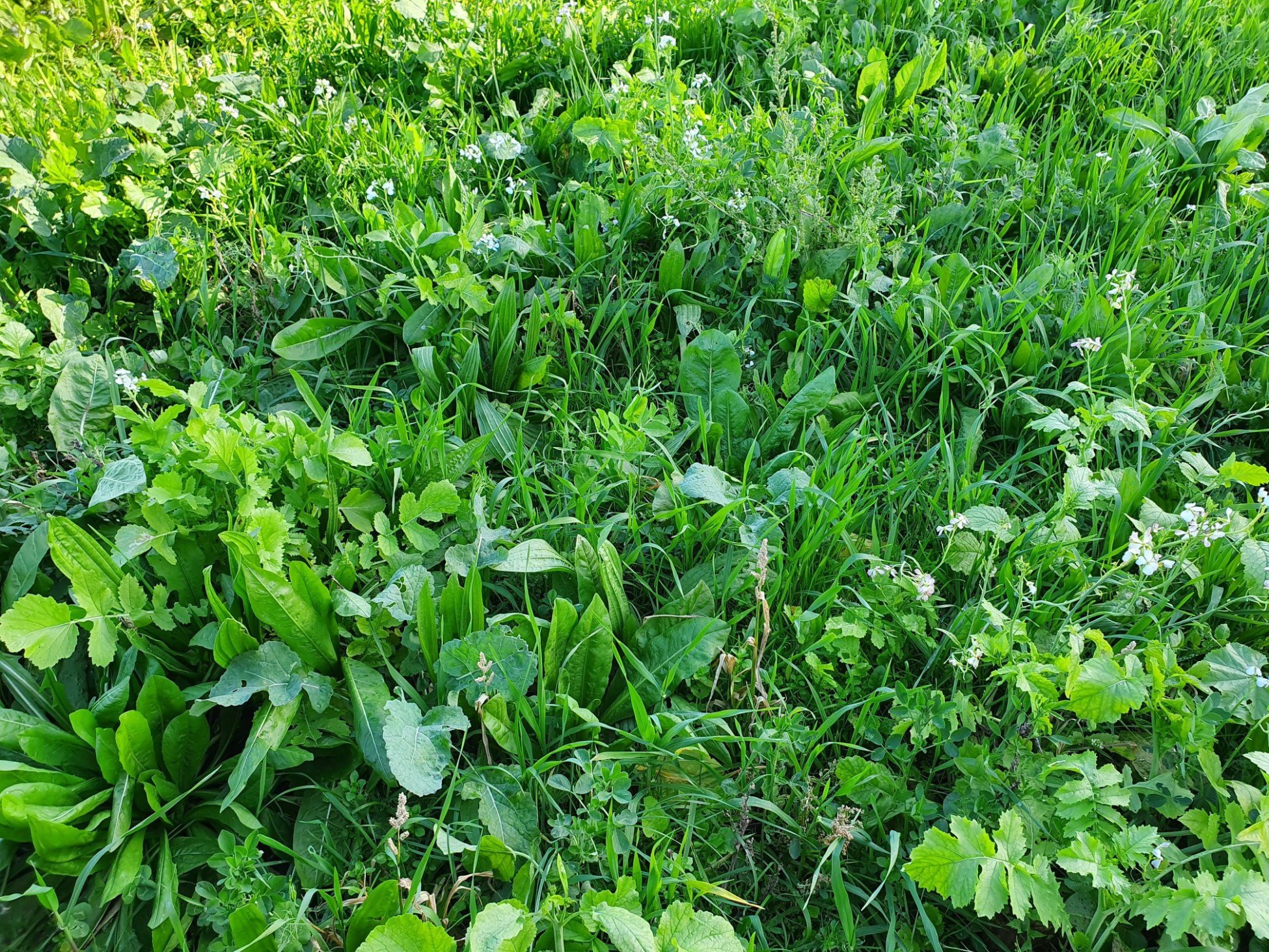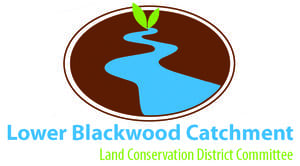

Perennial & Biodiverse Pastures
Public Group
Active a week ago
A group for members interested in pasture species applicable to a high winter rainfall... View more
Reply To: Perennial Pasture Species for High Rainfall Mediterranean Regions
-
Good question Kate! I wish there was an easy answer :-/
Adequate recovery is not as important for annual species because, let’s face it, they are only around for a short time anyway.
We do however want to get as much good forage out of them as we can in a season and hopefully build some soil too, through good root development and exudation.
For starters we want to try and give them enough time for establishment. This makes sense because early in the season they remain palatable and vegetative and to a point, larger/more leaves and roots make for more photosynthesis and nutrient acquisition. They also need well developed roots to avoid uprooting at the first graze.
We can only get one decent graze out of annual forbs with apical growing points, i.e. vetch, so recovery periods don’t apply. To get the most out of these species, you’d let them grow all the way to flowering then graze them completely.
Annual/biennial forbs with lower growing points, i.e. brassicas, serradella etc… do regrow and benefit from recovery. In this case, shading and yellowing of lower leaves, (as long as it’s not a nitrogen deficiency) is a good indicator that it’s time to graze.
Annual grasses like ryegrass take a bit of explaining. Firstly, they also benefit from having adequate time to establish.
Once the older leaves start bending down and touching the ground they are good to go. Ideally tillers should be around 25cm-30 high. The tricky stage comes later in the season when they go into stem elongation. At this stage, the apical meristem (growth point) starts to grow out (see photo) and become vulnerable to removal from grazing. If this vegetative meristem is removed, no more leaves can be generated from this tiller. During this stage of growth, you will see that the development of new crown buds and initiation of new tillers from the crown, slows right down. We need to take care not to graze the apical meristems off in this vulnerable elongation stage otherwise there will be a prolonged period without any regrowth.
When the plants start going into reproduction, (the boot stage when we usually make hay), a second cycle of basal buds starts which will provide us with some vigorous regrowth.
In summation, we need to allow annual ryegrass enough time for establishment, graze and re-graze it during the vegetative state when the older leaves start to bend down and touch the ground, avoid grazing the apical meristems during the elongation stage and then, then when it goes into the boot stage, either make hay, graze it once the new tillers are established or or leave it for stockpile.

